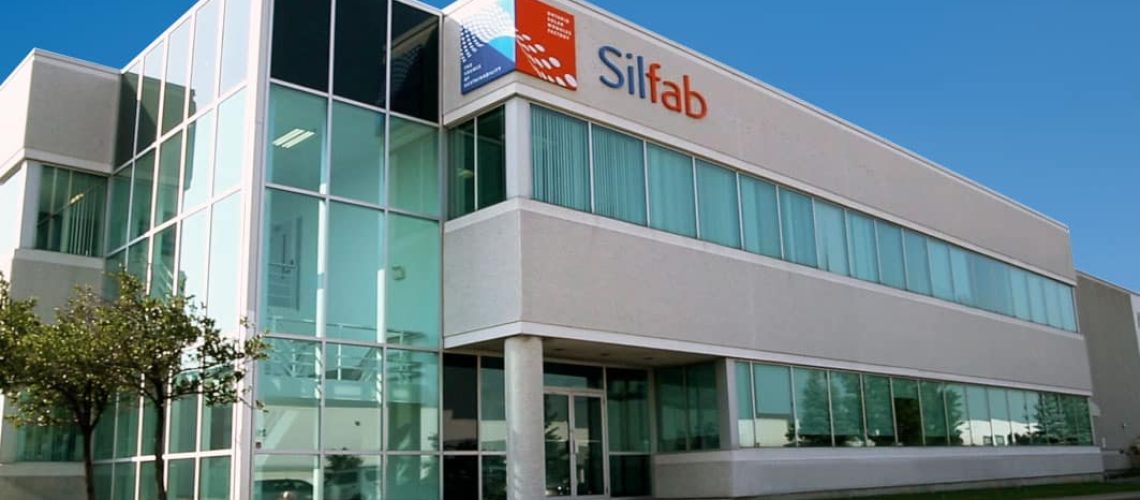Canada, the United States, and Mexico have signed a MOU that lifts the Trump-era tariffs on those two countries, following an independent panel deemin the duties to be against the provisions of existing trade agreements.
Nearly half a year after an independant panel deemed that the Section 201 tariffs were not in compliance with the Canada-United States-Mexico Agreement (CUSMA), a trade agreement originally signed between the three nations in 2018, the U.S. has agreed to lift those tariffs for Canadian-made solar products. The three countries have signed a Memorandum of Understanding (MOU) that International Trade Minister Mary Ng said reflects the countries’ shared commitment to combat climate change and develop renewable energy.
The Section 201 tariffs, originally imposed under former President, Donald Trump, imposed a 30% duty on all imported solar cells and modules, in an attempt to prop up American manufacturing of those products. In opposing the tariffs, Canadian officials argued that American import levels of Canadian hardware are too low to justify the tariffs. Since the Section 201 imports were put in place in 2018, Canada to US solar panel trade has decreased as much as 82%, said the Canadian government.
According to Katherine Tai, the representative from the U.S. Trade office, the MOU signed by the three countries contains a mechanism to ensure that solar product imports from Canada do not undermine the existing U.S. safeguard measure on imports of solar products. The MOU and its terms also apply to Mexican solar manufacturers, however Canadian manufacturers, chief among them Heliene and Silfab Solar, have been notably hit harder by the tariffs, with the U.S. importing a higher volume of modules from Canada than Mexico.
In Feb., the Biden administration announced that it would extend the Section 201 tariffs on imported crystalline silicon solar panels and solar cells above an annual 5GW tariff rate quota, thus upholding the exclusion for bifacial panels and doubling the tariff rate quota for cells. The extension was described by SEIA as “a balanced solution in upholding the exclusion for bifacial panels and increasing the tariff rate quota for cells.”
Mark Widmar, CEO of First Solar, was not so quick to lob praise at the bifacial exemption in the extension, calling the safeguard no safeguard at all.
“This exclusion un-levels the playing field by providing unlawfully subsidized bifacial panels an instant, artificial advantage over other panel types, an advantage that is based not on real-world performance or true competitiveness, but merely on distinguishing where the cells happen to be located on the panel,” said Windmar. “With bifacial being the dominant Chinese solar product today, this decision effectively allows China to outflank American efforts to grow self-reliant solar supply chains.”



